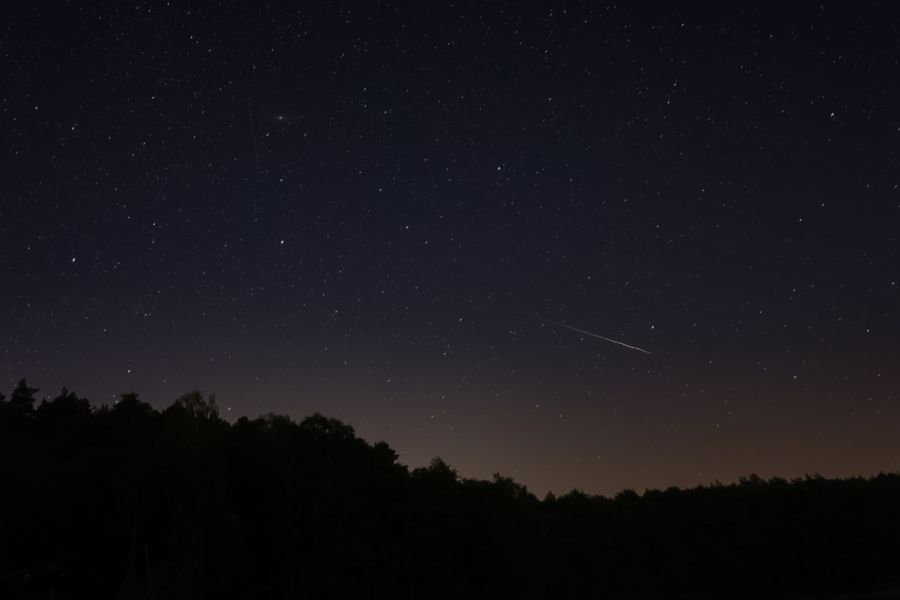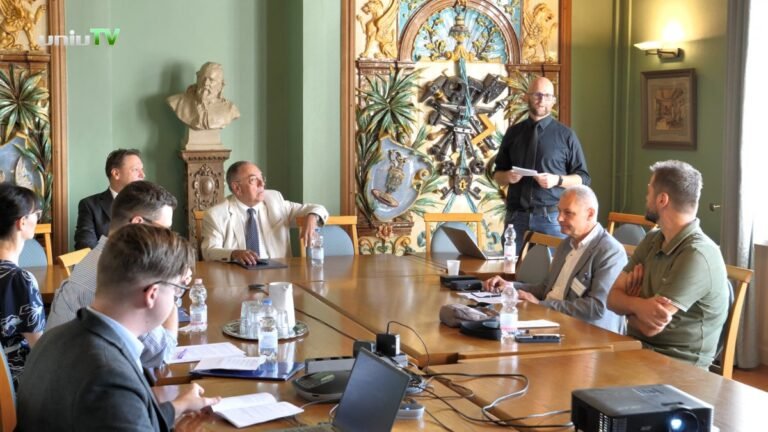
The Adam Mickiewicz University in Poznań reports that the peak of the Perseid meteor shower will occur during the night of August 12–13, offering up to 100 meteors per hour under optimal conditions. Caused by debris from comet 109P/Swift-Tuttle, the Perseids are best viewed from dark locations away from city lights, with the radiant in the constellation Perseus positioned behind the observer. This year’s spectacle will also feature a rare conjunction of Venus and Jupiter, with the two planets appearing just half a degree apart in the early morning hours of August 12, roughly the apparent size of the full Moon.
Source: Adam Mickiewicz University in Poznań





